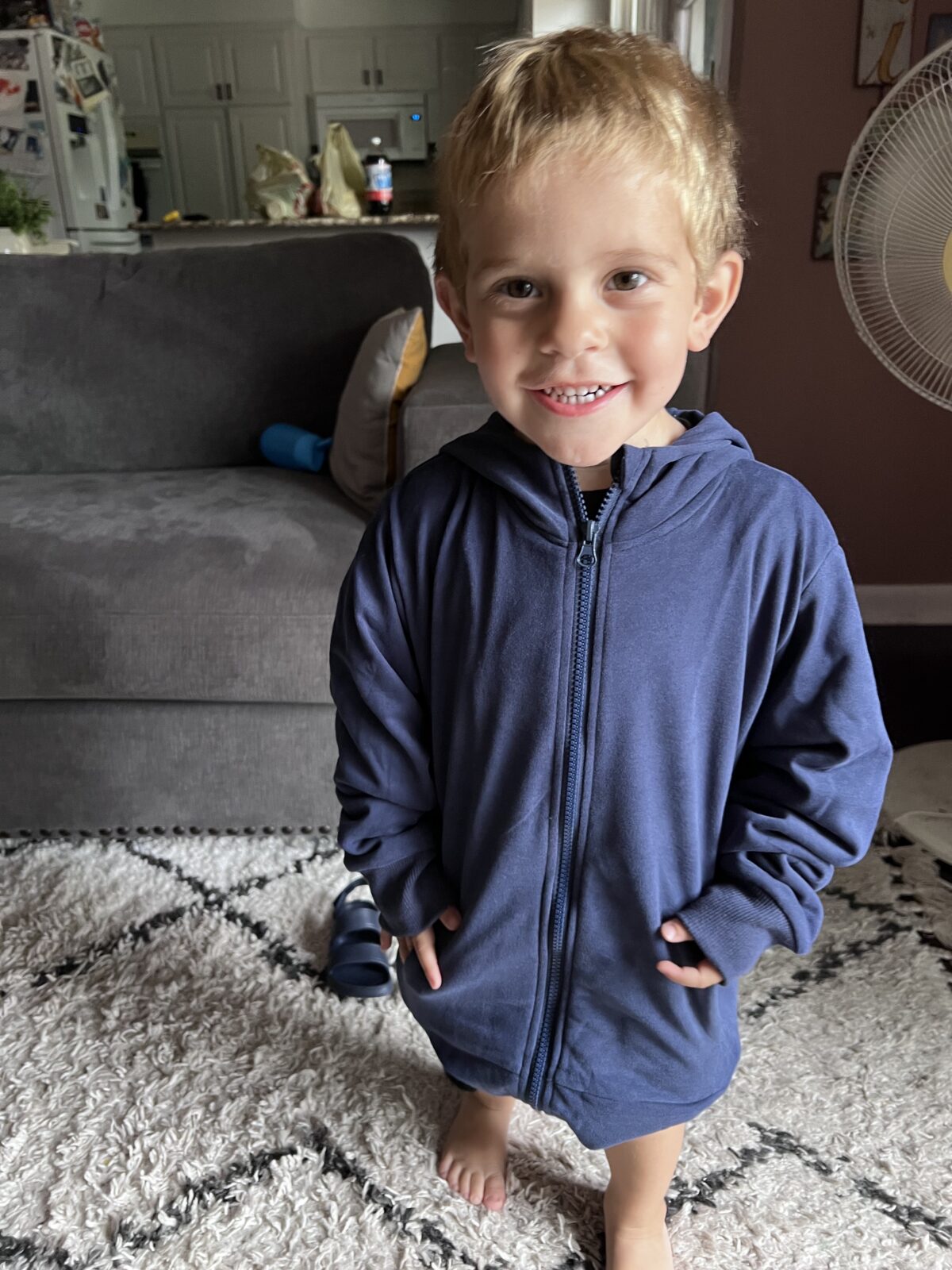Finding Balance: A Wear Schedule for Weighted Clothing in Children
In recent years, weighted clothing has gained popularity as a potential tool to support children’s sensory processing, focus, and overall well-being. These specially designed garments are equipped with embedded weights that distribute gentle pressure across the body, offering a deep touch sensation that can have calming effects. However, like any tool, moderation and proper usage are key to reaping the benefits without causing harm. In this blog post, we’ll explore the importance of a wear schedule for weighted clothing in children and provide some practical guidelines to ensure their safety and comfort.
Understanding Weighted Clothing
Weighted clothing consists of garments, such as vests, blankets, or even sleeves, that have small pockets or compartments filled with materials like sand, glass beads, or metal pellets. These added weights create a feeling of pressure, similar to a comforting hug, which can help children who struggle with sensory processing issues, anxiety, or hyperactivity. By stimulating proprioceptive input, these garments have been reported to improve focus, body awareness, and self-regulation.
Importance of a Wear Schedule
While weighted clothing can offer many benefits, using them excessively or inappropriately can lead to potential drawbacks. Children have varying sensory sensitivities, and wearing weighted clothing for extended periods without breaks might lead to discomfort, fatigue, or even overstimulation. Hence, establishing a balanced wear schedule is crucial to maximize the positive effects while avoiding potential adverse outcomes.
Creating a Wear Schedule
- Consult a Professional: Before introducing weighted clothing to your child’s routine, consult with an occupational therapist or healthcare professional experienced in sensory integration. They can provide insights into whether weighted clothing is appropriate for your child’s specific needs and offer tailored advice on usage.
- Start Gradually: Begin by introducing weighted clothing for short intervals, maybe 15-30 minutes at a time. Observe your child’s reaction to gauge their comfort level and how they respond to the added pressure.
- Listen to Your Child: Communication is key. Pay attention to your child’s verbal and nonverbal cues. If they express discomfort, irritation, or resistance, it’s crucial to remove the weighted clothing immediately and make adjustments.
- Incorporate Breaks: Avoid continuous wear for extended periods. Schedule breaks between wearing sessions to allow the child’s body to rest and reset. These breaks could involve gentle movement, stretching, or engaging in activities that don’t involve the weighted clothing.
- Stay Mindful of Activities: Consider the activities your child will be engaged in while wearing the clothing. Avoid situations where excessive heat, vigorous physical activity, or prolonged sitting might cause discomfort.
- Consistency: Once you’ve established a comfortable wear duration, gradually increase the time the child spends in the weighted clothing, following their cues and feedback.
- Nighttime Use: Weighted blankets can be used during sleep to promote relaxation and improved sleep quality. However, ensure that the blanket is of an appropriate weight and size for your child and adheres to safety guidelines.
Weighted clothing can be a valuable tool in aiding sensory processing and self-regulation in children. However, its use requires careful consideration and a well-thought-out wear schedule. By consulting professionals, starting gradually, incorporating breaks, and paying attention to your child’s comfort, you can harness the benefits of weighted clothing while ensuring their well-being. Remember that every child is unique, so it’s important to remain flexible and attentive to your child’s individual needs throughout this journey of sensory exploration.

